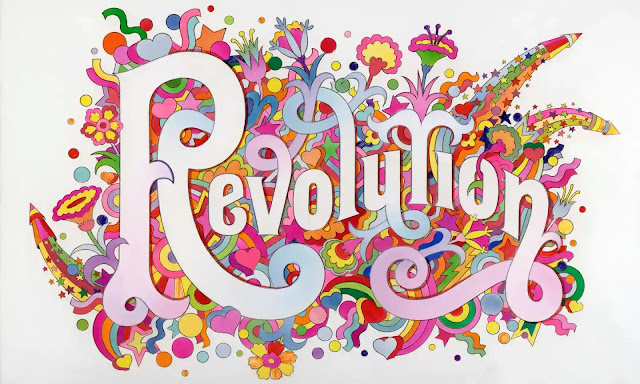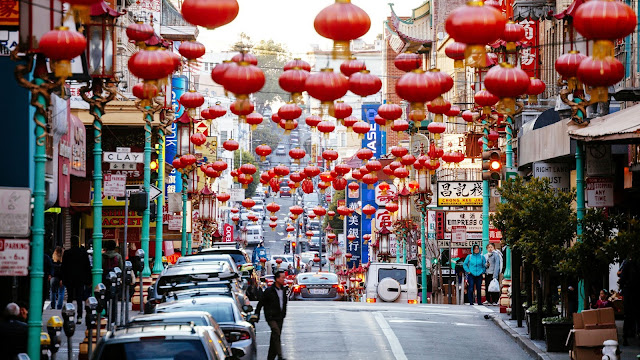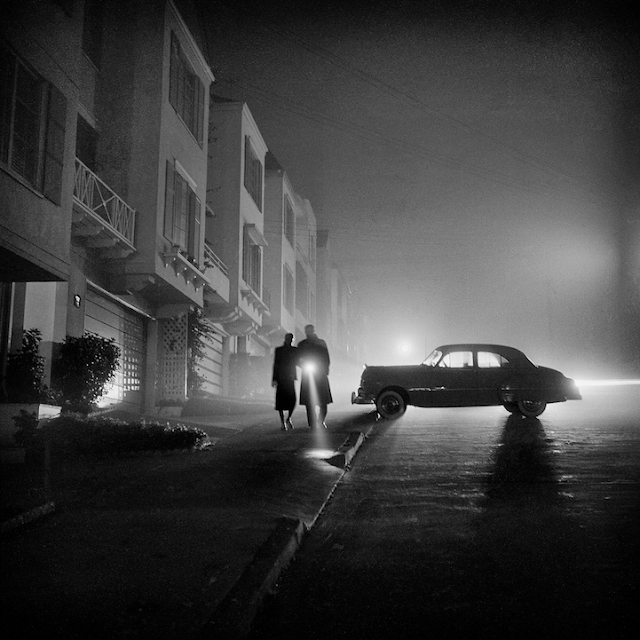What is the theme for Salon 2023?
The Nature and Culture of San Francisco
To my Salon Participants:
San Francisco is city of great beauty, with a stunning natural setting, rich and diverse cultural history. The bay, the hills, the Pacific fog, the trees and wildlife make this a beautiful place. It is a boom-and-bust town filled with art and architecture, scofflaws and innovators. The Gold Rush, the earthquakes, the fires, the famous, and the homeless. Iconic bridges, world-changing innovation, celebrated counter culture.
What is connecting all of this? I don't have a word for it.
Instead I will share images and aspects of the NAUTURE and CULTURE of San Francisco, my beloved home city, to inspire you!
Do your finest work.
Bring your masterpiece to San Francisco.
 |
| Golden Gate Bridge built 1937
Bridges Bridges are often symbols of connection, transition, communication, union. |
Easily the most beautiful bridge in the world,the Golden Gate Bridge was
completed in 1937 and is painted "International Orange" an iconic
vermilion hue chosen to make it visible in the fog. Lesser known but
so important to us is the Bay Bridge, built in 1936, painted silver, connecting the city to the mainland through Treasure Island.
 |
Bay Bridge built 1936
|
Is there a bridge near your home that inspires you?
 |
The Bay Bridge with its light installation "Bay Lights"
|
The Fog
Near
the ocean, it is common to have mist coming over the city. San
Francisco fog a big part of our lives. The fog may creep in gently at
night and slowly fill the City. Or it may arrive with drama and wind. The fog is part of the landscape, the ecosystem, and the culture of San Francisco.
 |
| Pier 7 of the Embarcadero on a beautiful summer day. |
 |
| Monterey
Cypress trees in Golden Gate Park - these trees may only survive along foggy coastal areas. |
 |
| Fog covers the bay, photo by JJ Meeks |
Hills
Hills! There are 42 hills in San Francisco, including Telegraph Hill,
Nob Hill, Potrero Hill... This makes for a lot
of steep streets and stairways, inspiring skateboarding, urban hiking,
and great paintings!
 |
| stairs cut into the sidewalk |
 |
California Street has a cable car to help you up the hill
|
 |
| San Francisco: 24th Street Intersection, Wayne Thiebaud, 1977 |
Victorian Architecture
San Francisco was fast-growing city in the 1860s-80s Thousands of houses were built quickly, using lumber from nearby forests filled with enormous Redwood trees. This wood was soft, and easy to mill and carve. The facades of these Victorian homes feature large amounts of applied ornament. Victorian interiors were painted with faux bois, and covered with spectacular patterns of wallpaper and stencils.
In the 1960's and 70's, when these houses were neglected and out of fashion, and many were being torn down, hippies moved into them and painted them in bright colors to celebrate their features, which led to the nickname for Victorian houses: "Painted Ladies".
Starting in the 1950s, San Francisco became a
center for free expression, attracting bohemians, artists, musicians,
and writers to the city. Throughout the 60s, counter-culture was
celebrated with music, color, free love, and anti-war protests. Rock
bands and Hippies had transformed the Haight Ashbury neighborhood and
the Summer of Love spread its message all over the world.
 |
| Bob Donlin, Neal Cassady, Ginsberg, Robert LaVinge and Ferlinghetti outside City Lights, San Francisco, California, 1956 |
 |
| Janis Joplin sitting atop her custom painted Porsche, in front of the Palace of Fine Arts, San Francisco |
 |
| The Beatles illustrated lyrics – Revolution 1968 by Alan Aldridge |
 |
Burning Man. Now a culture of its own. photo from 2001
|
Beaux Arts Architecture
At the École Nationale Supérieure des Beaux-Arts in Paris, the school of
design emphasized composition and symmetry based on Greek and Roman
models. Many prominent San Francisco Bay Area-based architects studied
at this famed institution and brought the style to San Francisco, where it
became the architectural style of choice for important civic buildings.
 |
San Francisco City Hall interior, 1915
|
 |
| Garden Court, Palace Hotel 1909 |
 |
Ferry Building, 1898
|
 |
| Interior, United States Post Office and Courthouse, 1905 |
The Trees
When
you come to Northern California you can see the most remarkable trees.
Redwood trees are the tallest living things on the Earth. They can be
found only in coast areas of a particular climate.
Oak trees in
California grow in a strange particular shape because of droughts and
fires.
Monterey Cypress trees cling to rocks along the coast, and require salty air
and fog to survive.
 |
Enormous redwood trees in Muir Woods
|
 |
The tallest living things on earth Redwood trees create numerous micro-climates along their 115 meters of height
|
 |
California Live oak does not grow tall or straight
|
 |
| A tangle of California Oak trees |
 |
Monterey Cypress sculpted by wind and fog
|
 |
Monterey Cypress allée at sunset
|
Chinoiserie
San Francisco's famous Chinatown is the oldest in North America and is the largest Chinatown outside of Asia. In the 1850s, Chinese pioneers began immigrating in large numbers to San Francisco, initially drawn by the California Gold Rush and the building of the railroads. Now, Chinese-American people make up over 30% of the population of San Francisco.
Chinatown was rebuilt after the 1906 Earthquake and fire, designed by local architects, using elements of Asian architecture that would appeal to people as a tourist attraction.
 |
| The
EastWest Bank in Chinatown, was originally built as the Telephone
Exchange in 1909. Each operator was required to speak English and five
dialects of Chinese. |
 |
| lanterns stretching over the streets in Chinatown during holidays |
 |
| The
famous Dragon street lights of Chinatown: painted in traditional
Chinese colors of red, gold and green, are composed of a cast-iron
hexagonal base supporting a lotus and bamboo shaft surmounted with two
cast-aluminum dragons below a pagoda lantern with bells and topped by a
stylized hexagonal red roof. Designed by W D’Arcy Ryan, who also
designed the "Path of Gold" streetlights along Market Street. |
 |
Grant
Street in Chinatown, San Francisco. In the 1920s-1960s this area was - and is-
famous for its nightlife.
|



































